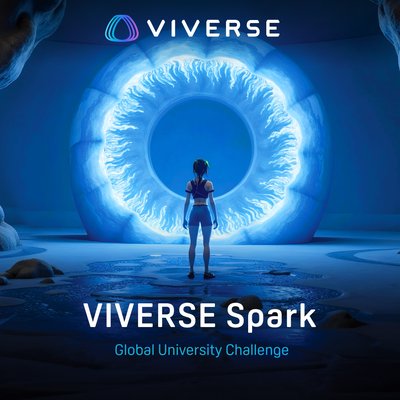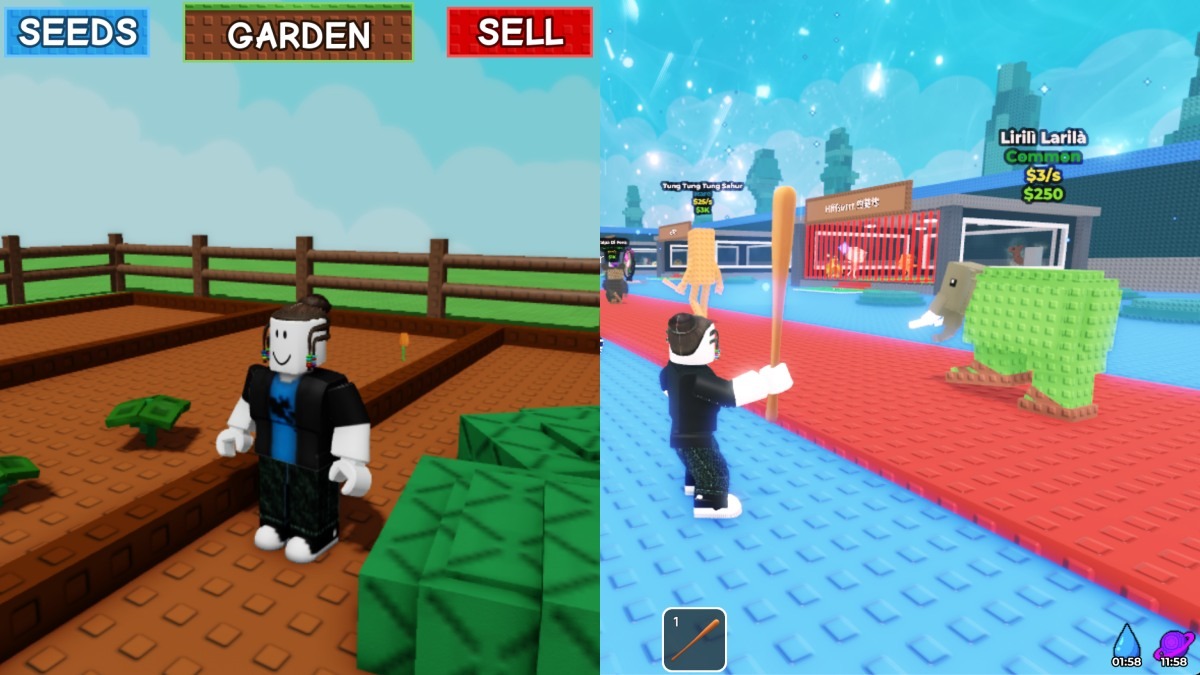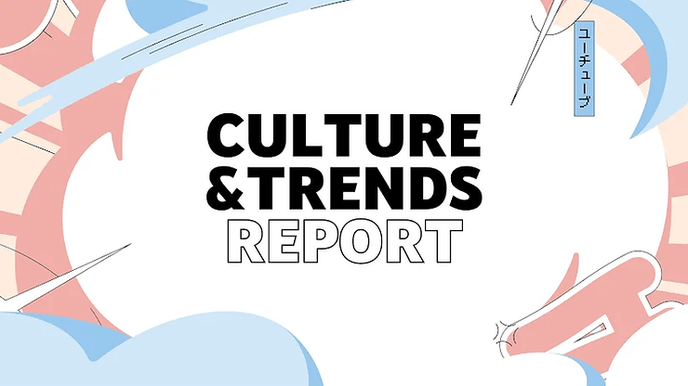Last month on Earth Day, we revealed the first three projects of our VR for Impact program. In this, the first of several interviews, we’re talking to the creators of Tree, one of our first selections.

Can you tell us who you are, and your roles on Tree?
Milica Zec, director: I come from a traditional filmmaking background, having begun my career as a film screenwriter and editor. Before pivoting into VR, I worked as a filmmaker with the performance artist Marina Abramovic for nine years, including on her seminal MOMA show “The Artist is Present.”
About a year and a half ago, I made my directorial debut in the VR medium with my first piece, Giant. The piece premiered at Sundance before travelling to GDC, Cannes, New York Film Festival, and 18 others. During pre-production for Giant, I realized I wanted to span the gamut and explore the intricacies of collective life on earth through virtual and augmented reality. Giant went from stand-alone film to the first part of a trilogy, the next installment being the VR exhibition Tree.
While exploring the creative possibilities of VR, I began a VR/AR studio called New Reality Company with my creative partner Winslow Porter.
Winslow Porter, director: My background is as a creative director and creative technologist. I’ve always loved dreaming up different ways for immersive technology to elevate storytelling, which led me to attend NYU Tisch’s Interactive Telecommunications Program (ITP). After graduating in 2010, I helped create large-scale immersive installations for Google, Delta, Wired, Diesel and Merrell and also produced the interactive documentary CLOUDS, which premiered at Sundance New Frontier 2014 and won the Transmedia award at Tribeca Film Festival Storyscapes that same year. When Milica, a long-time friend and collaborator who I had met when working as a film editor, called me with to help produce and co-create Giant, a very real, virtual project which would soon pave the path to form New Reality Company. After Giant toured around the world, we began work on our newest project Tree. And here we are!
Congratulations on being one of our first projects selected for the VR for Impact program. Can you give us an overview of Tree?
Winslow: Tree is a first-person VR experience where users take on the body and perspective of a seedling, which eventually grows into a majestic rainforest tree above the canopy. We take participants through the stunning Peruvian Amazon, replete with biodiversity, as their arms transform into branches and their bodies turn into a trunk. I won’t spoil the ending, but we then immerse users into what unfortunately befalls trees every day under the scope of human intervention.
Milica: With this piece, we wanted to make deforestation appear as something deeply personal. In Tree, climate change happens to you. Beyond that, it’s an intimate and solitary experience that hopefully increases respect for nature – how it functions, and how much it does for us on earth.
Can you tell us about the origins of Tree? What initially inspired you?
Milica: Fifteen years ago, my friend Aleksandar Protic composed a piece called “Nightmare of a Tree,” a juxtaposition between natural splendor and human intervention. The music was so riveting that it stuck with me throughout the years. While in pre-production for Giant, which explores the damage man brings upon man, I started thinking about other kinds of destruction human beings knowingly or unknowingly engage in and immediately landed upon the subject of exploitation in nature. Winslow and I then started brainstorming ways to adapt the composition into VR visuals in order to highlight man’s impact on the natural world.
Winslow: Tree feels very timely – according to NASA, at our current pace of deforestation, by 2100 all of our rainforests will be gone. Some studies estimate it will be sooner. So to show users the life of a tree in a universal way, without words or language and instead inviting them into a visceral and solitary state of being, was a powerful inspiration for us.
What kind of research did you carry out to make the atmosphere and surroundings of the rainforest in Tree feel real?
Milica: We were fortunate enough to partner for this piece with the Rainforest Alliance, a nonprofit with thirty years of experience collaborating to save at-risk areas in the Amazon. They helped us to legitimize the different elements of the environment we chose to depict (Madre de Dios, which is a region in Peru).
Working with their brilliant team helped us to make sure everything, including all the indigenous biodiversity, plant life, and even the proper textures of the soil, was totally accurate and photorealistic to the Amazon. We also based our tree on the texture and look of a Kapok, a species native to Madre De Dios and with a storied spiritual significance to indigenous tribes. It was crucial for us to accurately depict an Amazon environment which might not be around for future generations to experience.

Are there any details or elements you are particularly proud of in Tree, that perhaps were very challenging to pull off?
Winslow: Tree is quite ambitious from a technical standpoint. The success of the piece relies upon making users feel like they’re consistently and steadily growing as a Kapok tree, while also surrounded by dynamic lighting and shadows generating in real-time. That required us to work around some serious computing challenges, namely mapping and deforming morph targets in Unreal Engine for the tree’s seamless growth.
The piece was particularly immersive because people are able to control the branches of the trees with the Vive controllers aided by Ikinema, which allowed for seamless real-time limb motion-capture. Thankfully, we partnered with HP to secure Z640 workstation computers and NVIDIA for their top of the line Quadro P6000 graphics cards. This hyper-capable technology allowed us to comfortably hit 90 frames a second to push the boundaries of what was possible in the game engine, also ensuring a comfortable VR experience.
This incredible hardware, along with the ingenuity of our lead artist Jakob Kudsk Steensen and our partnerships with visual effects studios Konvrge, Milk VFX, Rewind, Decochon and Underscore, helped the lighting and shadows come to life and for our tree to grow smoothly through the virtual canopy, interacting with unique aspects of nature along the way.
Milica: Even today, we continue to tweak and fine-tune the technological elements of Tree. This Earth Day, we secured a partnership with Intel to continue improving the experience. We’re incredibly fortunate to have such great partners and studios around us to help our virtual environment grow.
Were there any advantages to utilizing the Vive’s room-scale capabilities for Tree?
Milica: For Tree, one of our main goals was to place users into the ‘shoes’ of nature. We made our users the center of the Tree experience; each one conducts their own story, so the piece becomes totally unique to each person. The room-scale element of Vive was perfect for us in that regard.
Room-scale allows people to move their body and arms as the tree, exploring the environment and truly making it their own. That kind of autonomy is necessary, especially when using a real-time game engine, to encourage a deeper submission into the VR experience.
Tree focuses on the rainforests directly. Are there other environmental issues you think could be tackled in VR? Is VR even the right medium?
Milica: The greatest capability of immersive technology is to serve a powerful story. Before using VR for a climate-related project, I would ask the question of whether the technology is serving your vision first, rather than your vision being led only by the technology. I would warn against using VR for the sake of simply exploring a new medium.
Of course, I would love to see a range of environmental issues addressed in VR – the capability of the medium encourages create solitary and personal experiences, which is an incredible way to bring attention to climate change.
Winslow: At Sundance, we were part of the New Climate program, which featured projects zeroing in on environmental issues of all kinds, with coral bleaching and melting glaciers being just a few topics that were addressed. It’s our duty as artists to bring these to light in a way that really connects with people and ensures that, even though reversing the damaging effects of climate change is a daunting task, we can come together and fight against environmental degradation. When you bring people together into a festival and show them a piece about deforestation one after the other, it creates a community of people who have that cathartic experience together. Then they can hopefully channel any empathy or autonomy the experience gave them into real world action.

Speaking of film festivals – can you tell us about how you presented Tree there?
Winslow: In a film festival environment, things can often feel hectic and overstimulating, which is at odds with the kind of solitary experience we wanted to create for Tree. The best way to counteract the fast-paced energy of VR events is to transform Tree from a simple headset piece to something very theatrical. We brainstormed with creative agency Droga5 to create a full user flow around the piece and enhance Tree as an installation.
Milica: Before fitting users into the headset, we give them a real seed of a Kapok tree to plant in a small bed of soil near the installation. This gives participants a doable and personal action to complete before entering the VR experience. It’s a commitment that begins the immersion into the headset. The first environment we depict is that of a seed underground, so viewers immediately connect the physical seed to their character. After they undergo the tree’s growth in headset, they come out of the experience and are given back a seed with a message from us and The Rainforest Alliance: “take this seed as a reminder to keep our forests standing.” Instead of ending on a note of destruction, we want to imbue viewers with hope by placing power back into their hands.
Winslow: Along with the seed and messaging, we also incorporate 4D elements into Tree, including vibration, heating, fans, and a custom scent track, all to simulate a real tree’s growth through an Amazonian canopy.
We’re proud to be partnered with MIT Media Lab, with Xin Liu and Yedan Qian who helped us to set up Max MSP and sync up all our haptic elements to the visuals of the headset for Sundance and Tribeca. Our other immersive elements come from a long-standing partnership with Subpac, who provide us with vibrating vests; International Flavors and Fragrances (IFF), who have equipped us with a dedicated scent track evocative of different parts of the rainforest; and Scent Communication, provider of machines by which we channel our smells to the user. Immersive haptic elements are becoming increasingly integral for creators to help viewers suspend disbelief and fully submit to their momentary new world.
What kind of reactions have you seen from people experiencing Tree for the first time?
Winslow: We have been overwhelmed by the response to Tree from viewers of all walks of life. During the last few moments of the experience, several viewers cried or shouted in headset, and even more individuals told us the piece made climate change feel personal to them for the first time. Some people’s reactions were more physical than emotional – we saw a lot of sweaty touch controllers!
Milica: In the press, Tree has been written up by the New York Times, Vice, Forbes, the Observer, and the LA Times, among many others. It’s been called “chilling and exhilarating” (KCRW), “confronting” (Deseret News), and “a departure in technological innovation” (International Documentary Association). We’re so incredibly grateful to have people feel so adrenalized by the piece.
Scientifically speaking, climate change is undeniably real, and the evidence is all around us. However, some people still feel that climate change is not an urgent issue. Do you think Tree will change opinions like this?
Milica: Our ultimate goal with Tree is for as many people to experience it as possible. The story is not bound by language and it is one we can all relate to, as every human being has a relationship to nature. We want Tree to exist with full haptics through museums, VR arcades, festivals and commercial centers across the world and but also as a digital download for viewers to experience in their homes.
Hopefully Tree can reach individuals not just from the art world, but from all types of backgrounds and professions who haven’t been exposed to the facts of climate change. It is crucial to us that we’re not just preaching to a choir; we want even skeptical viewers to viscerally grasp deforestation.
Winslow: We also want to bring Tree to climate advocacy events to act as a way to contextualize potentially confusing facts, figures, and statistics. It’s possible to get so invested in the minutiae of these issues that the absolute urgency of action on climate change becomes almost secondary. At academic conferences or places of education, we envision a future where Tree can remind people how devastating the consequences of climate change and spur action as a result.
Have you plans for another VR project? Is it likely to be on a similar theme, or something completely different?
Milica: Giant and Tree are the first and second in a trilogy examining collective life on earth. We are now in production on our third piece Breath, an augmented reality piece with a communal component. Giant explores the destruction man enacts upon man; Tree looks into the devastation of nature by man; finally, Breath brings it all together by highlighting humanity’s similarities in life and death. The trilogy altogether sheds light on how humanity fails each other, but how our commonalities provide an inescapable spiritual bond.
Winslow: Beyond our new AR piece, New Reality is also working with brands, clients, musicians and artists to help them realize their visions with the aid of emerging technologies. We take concepts and figure out the best concrete way to make them come to life, always highlighting their vision while trying to tap into the universal human experience.
Finally, to anyone out there who may be developing a VR project for social good… do you have any advice?
Milica: I would say “be brave.” Honestly, that’s what it takes in VR – it is totally unexplored terrain, which means risk is standard procedure. As I mentioned before, it’s important to make sure the VR technology is serving your vision and that the message of social good is really enhanced by that immersion. If you have a clear intent in mind, and an aching desire to get that message across to people in a new and profound way, it’s up to you to dive in headfirst.
Winslow: Follow your passion and don’t be afraid to make mistakes. Your message is the most important part of the experience. VR is so new that rules are being created one day and broken the next. Iterate as much as humanly possible. Right now in VR, creators who are launching their first experience are able to use the same platforms as major gaming and entertainment studios. Watch as much VR as possible and immerse yourself into the growing communities. And of course, have fun.
Thank you for talking to us, Milica and Winslow!
As part of the VR for Impact program, Tree will debut on Viveport. Stay tuned for a future release date.
VR for Impact is a a global initiative and commitment by Vive to drive virtual reality content and technologies, all in support of the United Nations Sustainable Development Goals. Learn more at www.VRforImpact.com.





